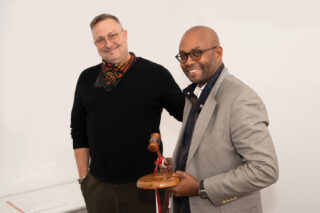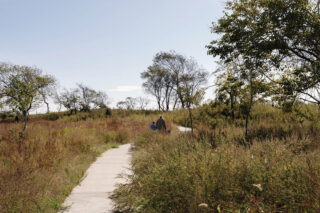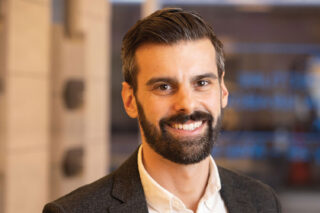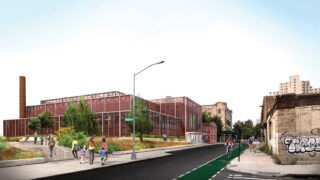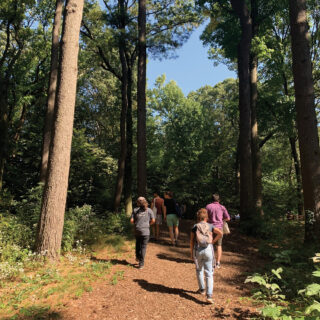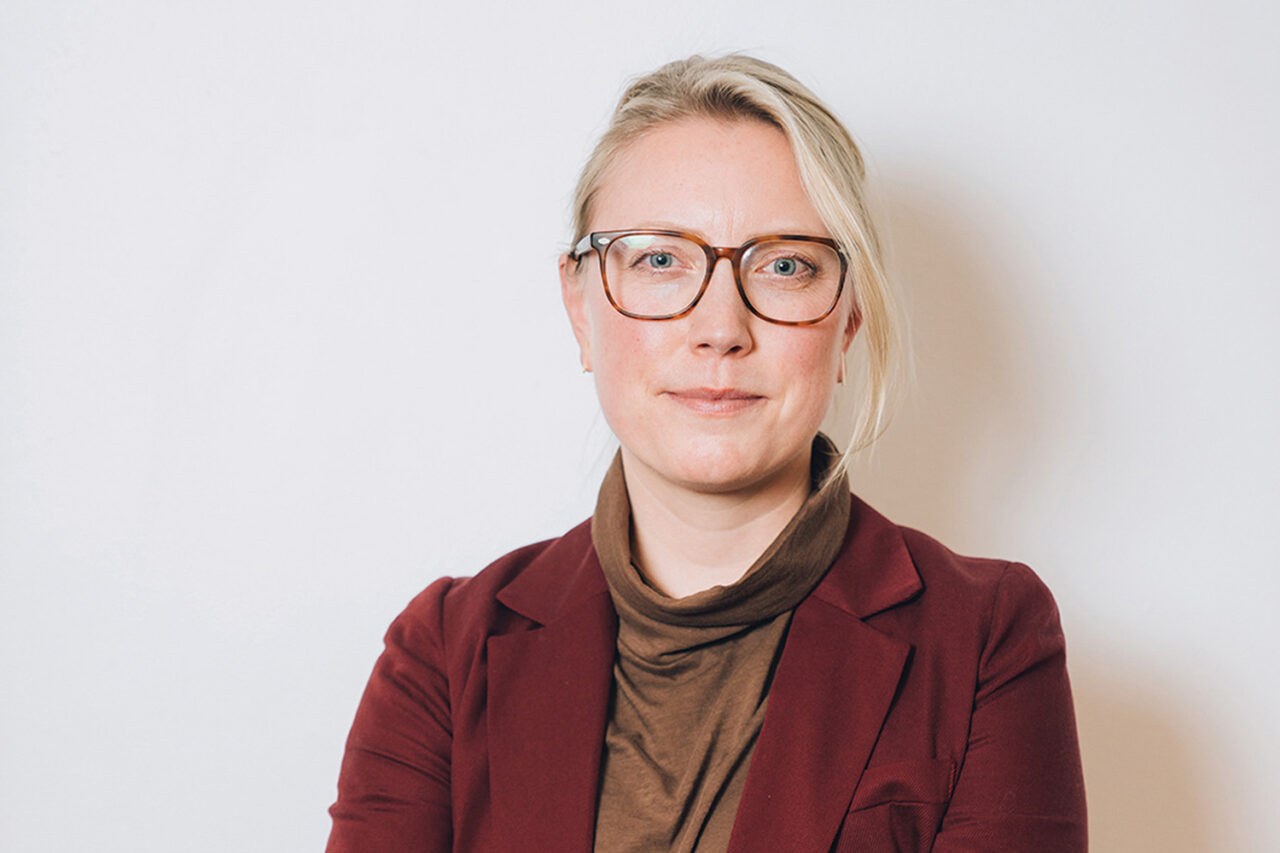
As the editors and contributors of this magazine began to work on the Winter issue, attendees of the global climate summit COP28 were gathering in Dubai. The headlines and details that came out of the conference were urgent and numerous, though one theme in particular resonated with us, as we examined the local issues related to climate change in New York: Our existing natural systems must be at the heart of human-led climate action. In short, protecting the existing and intact forests, marine life, and other ecological resources that we already have is a better investment than trying to replace them after they are gone. As Zoe Quiroz-Cullen, a director at international wildlife non-profit Fauna & Flora, told the New York Times in December, “We’ve got to focus on conserving the critical ecosystems, the irrecoverable carbon stocks that simply can’t be replaced.”
And the existing ecosystems, scientists are learning, are even more valuable than once thought. A 200-year-old tree that is felled stores more carbon than one of the same species planted today; new analysis of NASA’s Global Ecosystem Dynamics Investigation (or GEDI, for Star Wars fans) shows that forests hold an average of 30% more carbon than previously understood from individual nations’ reporting.
During discussions for this issue, landscape and urbanism experts observed time and time again that preserving our existing ecosystems has become more complex due to the many shifts at play in our city. Homogeneous species are more vulnerable than ever to climatic changes and blight, prompting a need for increased diversity and planning; areas that had not been prone to flooding are now frequently underwater; trees and plants that used to thrive only farther south are now flourishing in our hardiness zone.
Those committed to solving the challenges related to climate change are immersed in boundary-stretching and cross-disciplinary work. As Chris Reed, founder of Stoss Landscape Urbanism, told reporter Anthony Paletta, conversations must be broad and address not only ecology and environment, but also social, racial, and ethical impacts of the work. “We’re not ecologists, but we need to know ecology; we’re not engineers, but we need to know engineering; we’re not sociologists, but we need to be very deeply involved in community conversations,” he said. In that vein, James Russell, FAIA Emeritus, looks at the massive collective effort behind transforming the Gowanus Canal neighborhood, one of the largest and most historied pieces of waterfront land in the city, into a livable, ecologically protected and protective place.
One of the city’s largest and most valuable ecological systems is its network of trees and green spaces. In his report about New York’s tree infrastructure, Zach Mortice examines how this resource must be studied, bolstered, and planned to serve the city and its inhabitants well into the future—a perfect representation of the symbiotic relationship between us and nature, even in our paved and planned metropolis. It is no secret that New York City’s green spaces versus green deficits coincide almost perfectly with well-endowed neighborhoods versus those that are underserved and facing health risks that could be mitigated by more green space and tree canopy.
I would also like to draw your attention to two “Op-Ed” contributions from women working across many areas of the urban ecological landscape. In her essay, Lee Altman, AIA, a current Oculus committee member and generous contributor to the magazine’s ideas sessions, reflects on how landscape architects, planners, architects, and developers can collaborate to create impactful, ecologically responsible work. Claire Weisz, FAIA, writes about the challenge, and ultimate design problem, of delivering regenerative systems that work for people, land, water, and resources alike. Though public investment in urban ecological solutions may be lauded for its protective potential, she points to the growing fear of housing vulnerability for the current populations of newly resilient—and newly valuable—properties. In short, there is no end to the balancing act that professionals in this realm must execute if urban ecosystems are going to serve nature and citizens at once. We hope to revisit this topic frequently in future issues, and look forward to hearing more stories of perseverance and growth as our city and its design community work to foster and protect valuable natural resources.
I would also like to welcome new Board President Gregory Switzer, AIA, NOMA, NCARB, to the pages of the magazine, and wish Matthew Bremer, AIA, all the best as he moves to the golden land of emeritus presidents! We are also joined by new Oculus Committee members Nu Goteh, Yetunde Olaiya, Vyjayanthi Rao, and Amy Siegel, and look forward to collaborating with them on the work ahead in 2024.








